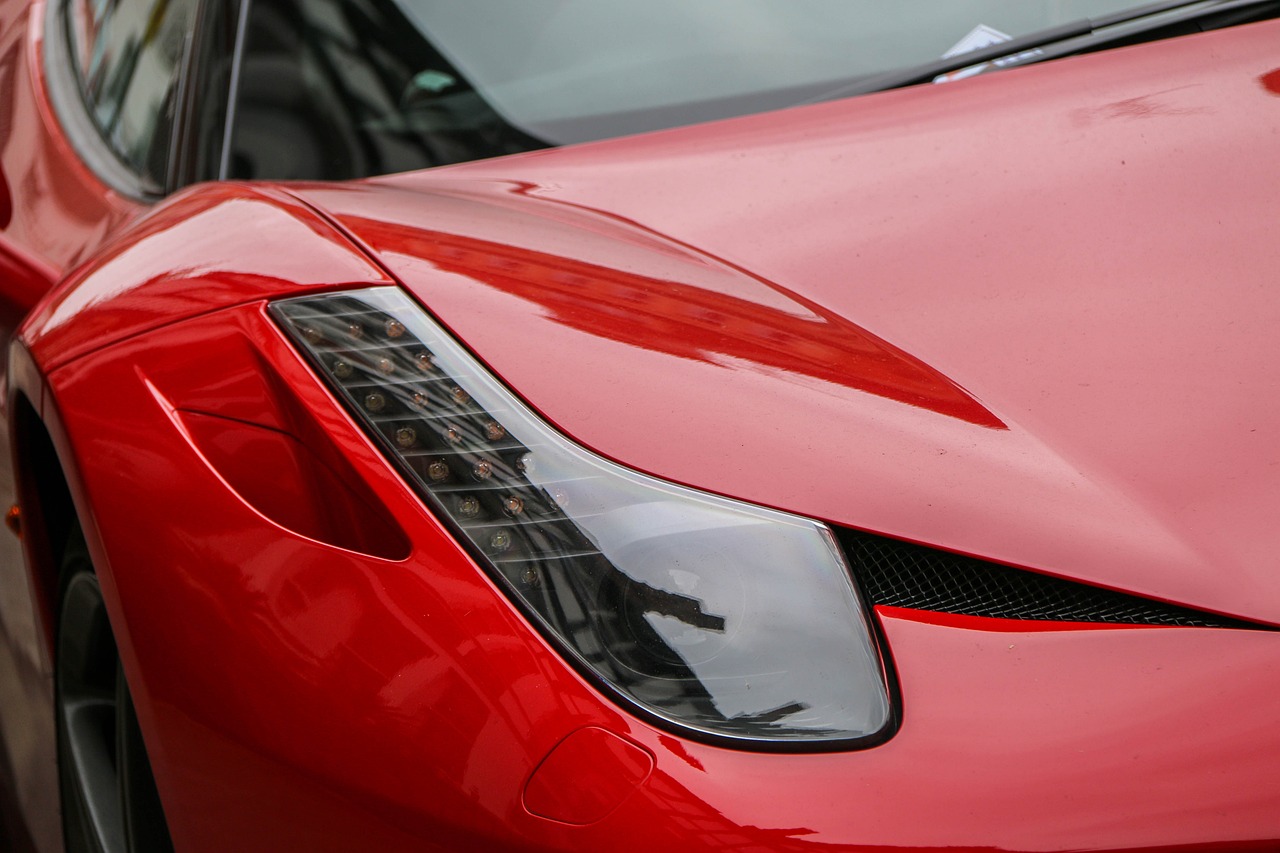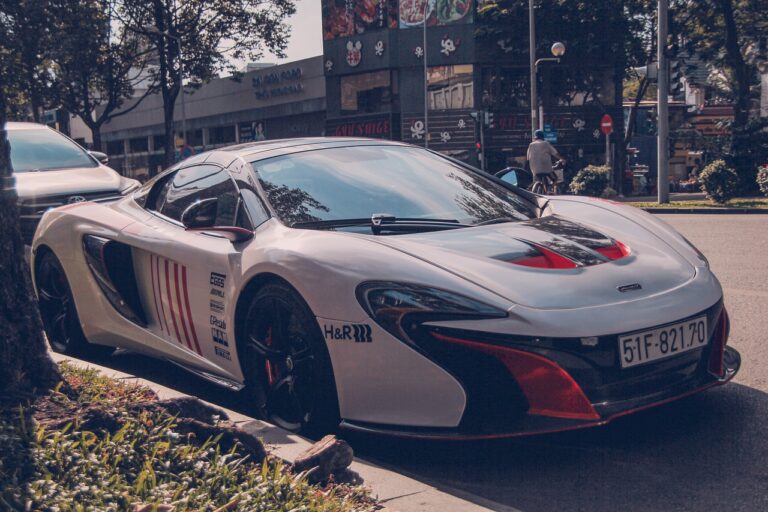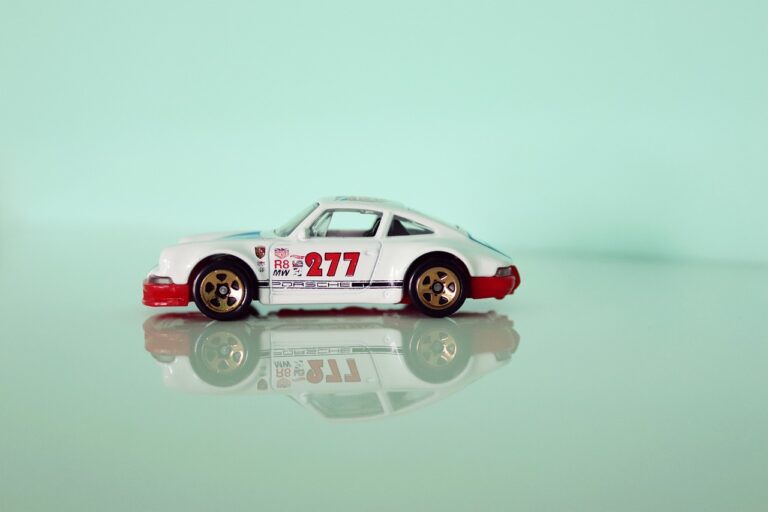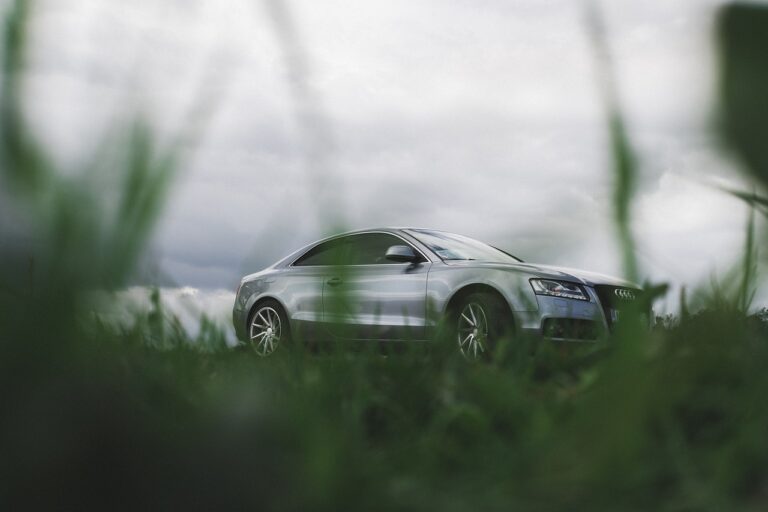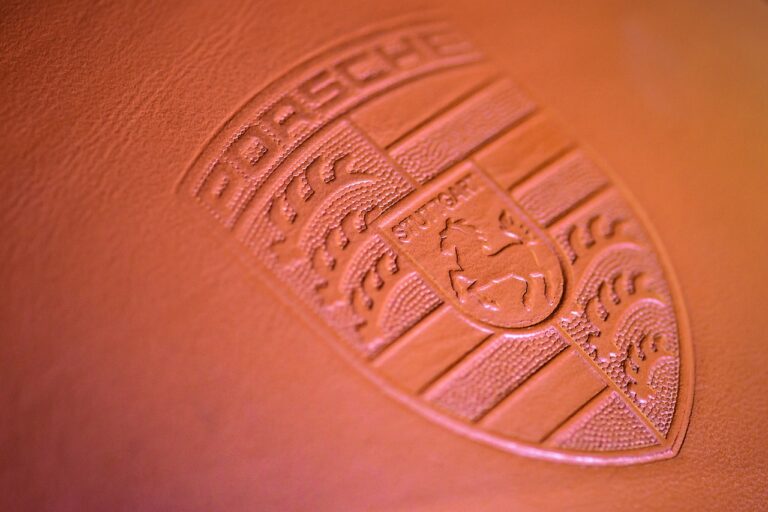The Evolution of Car Design: From Classic to Contemporary
Car design has transformed significantly over the years, reflecting the evolving tastes and technological advancements of each era. From the early utilitarian vehicles of the 20th century to the sleek, aerodynamic models of today, the progression is a testament to the industry’s dedication to innovation and improvement. Designers have continuously pushed the boundaries of creativity, incorporating new materials, shapes, and features to create cars that are not only functional but also visually appealing.
The evolution of car design can be traced through the distinct styles that have emerged over time. Each decade brought its own design trends, from the boxy shapes of the 1960s to the curvaceous forms of the 1980s. As consumer preferences changed and new technologies emerged, designers adapted, creating cars that were not only practical but also embodied the spirit of their time. The constant reinvention and reinterpretation of design elements have led to the diverse array of vehicles that we see on the roads today.
Classic Car Design Elements
Classic car design elements often serve as inspirations for modern automotive styling. From the iconic fins of 1950s Cadillacs to the sleek curves of vintage Jaguars, classic cars are known for their distinctive features that continue to captivate car enthusiasts. These design elements were not only aesthetically pleasing but also served functional purposes, such as improving aerodynamics or enhancing visibility.
One of the key characteristics of classic car design is the attention to detail and craftsmanship exhibited in every aspect of the vehicle. From hand-crafted leather interiors to intricate chrome detailing, classic cars were meticulously designed to evoke a sense of luxury and sophistication. Each element was thoughtfully incorporated to create a cohesive and timeless design that still resonates with car lovers today.
Innovations in Car Design
Over the years, car designers have pushed the boundaries of innovation in search of ways to enhance both the performance and aesthetics of vehicles. One of the notable innovations in car design is the integration of advanced technology, such as autonomous driving systems and electric powertrains. These technologies not only provide a more efficient and eco-friendly driving experience but also pave the way for the future of mobility.
In addition, the use of lightweight materials like carbon fiber and aluminum has revolutionized car design by making vehicles lighter, stronger, and more fuel-efficient. This shift towards lightweight materials has allowed designers to explore new shapes and forms, leading to sleeker and more aerodynamic designs. As a result, cars are not only more visually appealing but also perform better on the road, showcasing the evolution of car design in the modern era.

